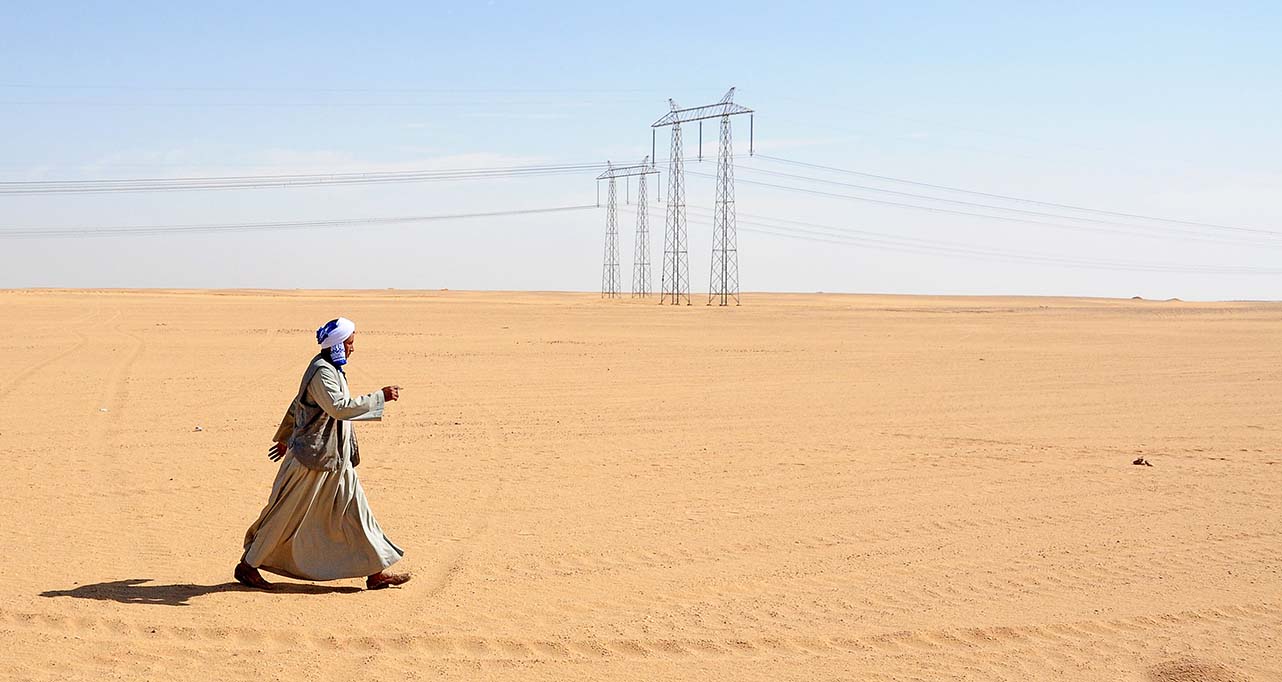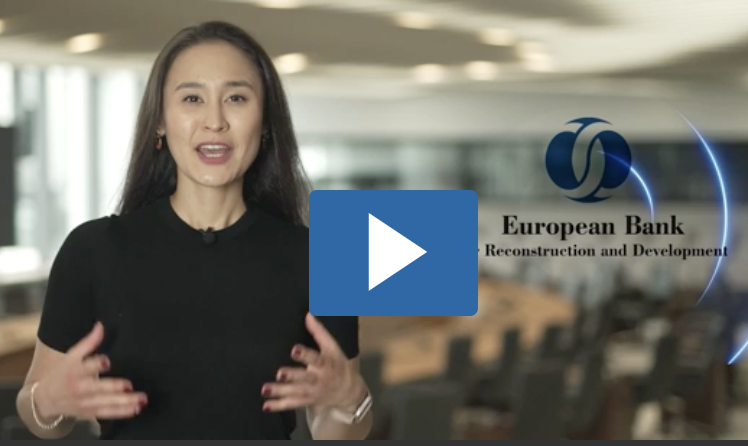The EBRD Green Cities programme is changing the lives of 250,000 locals
Craiova was the first city in Romania to join the EBRD Green Cities programme back in 2019. Home to around 250,000 people in the south west of the country, it is one of Romania’s oldest cities, rich in culture and history dating back to Roman times, as well as a longstanding industrial and economic hub. Walking through Craiova, you'll pass striking centuries-old architecture and encounter lively streets filled with the cafés and shops of today.
This mix of old and new creates a unique atmosphere; however, like many cities across Europe, Craiova also faces significant environmental challenges that are a threat to quality of life. Craiova’s Green City Action Plan has identified the key areas of concern: air quality, greenhouse gas emissions, green spaces, resource consumption, climate vulnerability and land use pressure.
Locations such as Nicolae Romanescu Park offer an example of how thriving natural spaces can be integrated into urban environments, creating clear benefits for citizens and the climate, but it is one of few green areas in the city.
With support from EBRD donors such as Austria and the Global Environment Facility (GEF), Craiova is now embarking on a journey of environmental transformation. Its aim is not just to mitigate climate impacts, but to create a city that thrives in harmony with nature.









